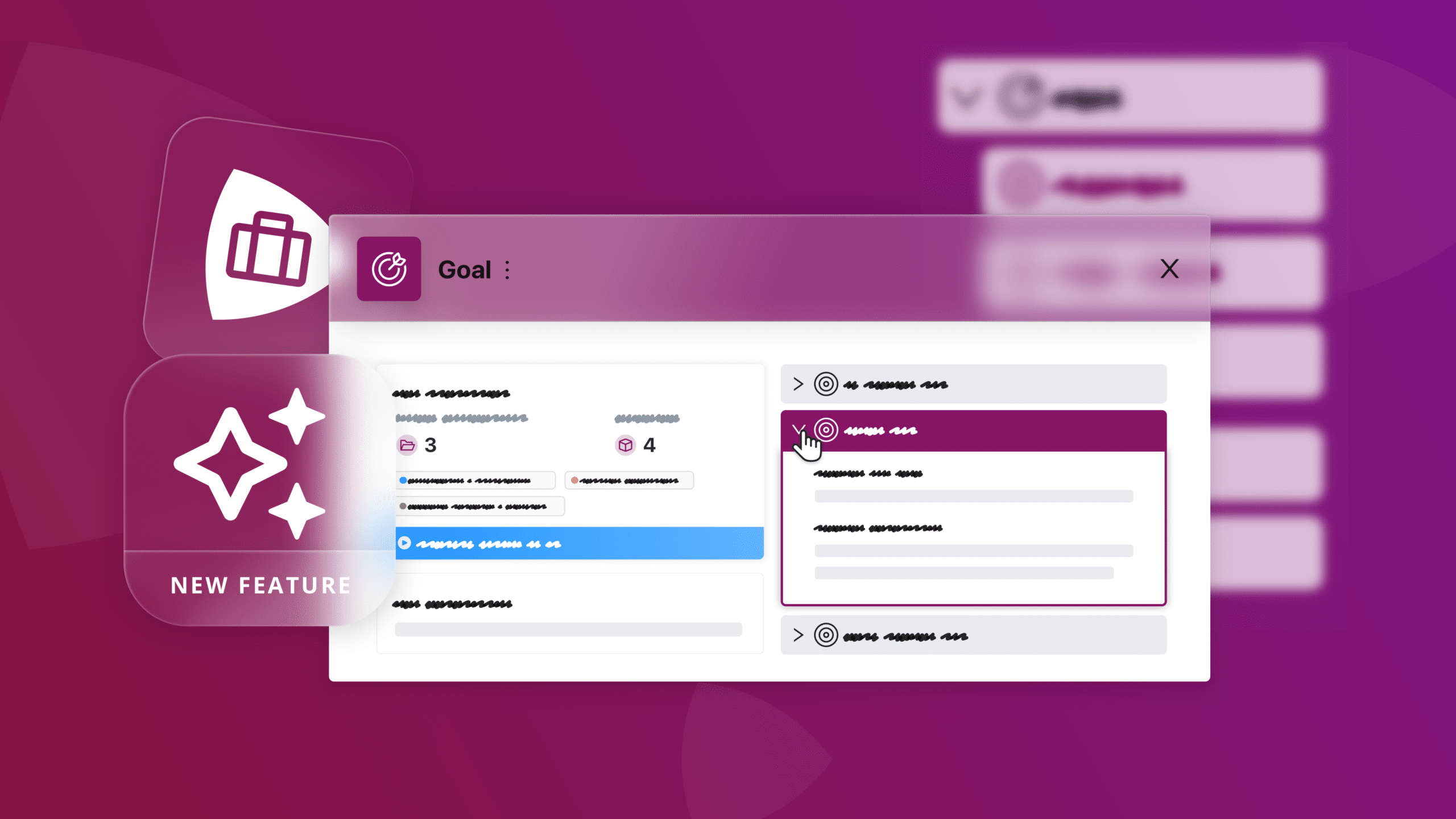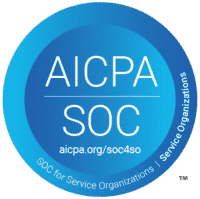Recognizing the need for a more granular approach to tracking student progress, both for the coach and the students themselves, we’re introducing a deeper layer of Goals: Sub-Goals. This enhancement adds a layer of depth to the portfolio, providing enriched insights into the growth and development of a student’s learning journey. Discover the new possibilities for holistic assessment and enhanced student success with the addition of this hierarchy to Goals.
Granular Insights for Holistic Assessment
In the realm of holistic assessment, programme-level assessment or programmatic assessment, tracking the progress towards skill acquisition in a student’s learning journey is crucial to enable adequate scaffolding and guidance. Especially in the increasingly flexible and personal learning journeys of modern day education, where students link a wide variety of learning experiences to various kinds of goals, accuracy in these relations is key. Building on the solid foundation of last year’s introduced Goals functionality, the introduction of Sub-goals offers a more nuanced relation between learning experiences and goals, as well as more detailed ways to analyse the learning process.
One of the key advantages of incorporating Sub-goals into the educational landscape is their pivotal role in facilitating holistic assessment. Holistic assessment goes beyond traditional methods of evaluating isolated skills or competencies; it encompasses a comprehensive understanding of a student’s capabilities, including their ability to integrate knowledge, apply skills across various contexts, and demonstrate a deep understanding of complex concepts. Sub-goals within Portflow empower educators and students to (self) assess these multifaceted aspects by breaking down overarching goals into specific, more measurable components. This hierarchical approach provides a more accurate and nuanced picture of a student’s overall proficiency, allowing for a holistic evaluation that considers not just the endpoint but the entire learning journey.
Navigating Student Success
Goals have long been recognized as essential elements in guiding students toward success. Whether they represent learning outcomes, competencies, skills, or specific learning objectives, goals serve as beacons for students, helping them navigate their educational journey. With the addition of Sub-goals, students and coaches can now gain more detailed insights into their talents and specific areas of improvement. With this robust goal-setting framework, Portflow enables educators and students to align learning activities and assessment with overarching educational ambitions.
How to use Sub-goals?
Sub-goals can be used in a plethora of ways, and the flexibility of Portflow allows you to match it with each learner’s personal situation and journey. Among the many options at your disposal, you can generally discern two main approaches:
- Milestones: using Sub-goals as (somewhat) consecutive steps to segment a larger Goal into smaller and achievable stages. This allows for sequential acquisition of sub-skills or to closely track various stages of mastery.
- Dimensions: using Sub-goals to identify (interrelated) underlying aspects of the overarching Goal. Each Sub-goal represents a component or facet that contributes to the overall scope of the goal.
This choice can be made depending on the purpose of the broader educational framework, the nature of skills or competencies being tracked, and the desired level of granularity. Using Sub-goals as dimensions emphasizes the interconnectedness of skills, fostering a holistic understanding. Employing Sub-goals as milestones offers a more step-by-step, sequential assessment that can be particularly useful for tracking progress over time and providing targeted feedback at specific junctures. As Portflow already offers other ways to track progress over time, i.a. in the form of growth charts, the multidimensional approach to Sub-goals might add more value in most cases.
A couple of examples of how Goals can be split up into Sub-goals:
- A competency or learning outcome (Goal) with underlying criteria (Sub-goals);
- A professional role (Goal) with underlying core practices (Sub-goals);
- A final qualification (Goal) with underlying learning outcomes (Sub-goals)
Sub-goals for scaffolding
Another advantage of Sub-goals is that it further extends the scaffolding toolkit that Portflow provides. The purpose of scaffolding is to adequately align guidance and support with the student’s needs. When matched, the student is optimally equipped to learn and grow in their zone of proximal development. Sub-goals can provide just that additional level of granularity in the goal setting process to help define manageable, relatable, and attainable objectives. Using smaller scoped Sub-goals can help students in their motivation as well as the understanding of what the overarching goal encompasses. This scaffolding can take place by specifying these Sub-goals within Goals as part of a template. Alternatively, it is also possible to provide the overarching Goals to students via a template and invite them to specify (personal) Sub-goals themselves. This also allows students to create a detailed plan on how they envision to achieve their goals. The process of setting and planning these Sub-goals could also be incorporated into regular coaching conversations.
Where to find Sub-goals?
Users can create Sub-goals within their portfolio in the Progress tab. Simply click the action menu (⋮) behind a Goal to add new Sub-goals. Alternatively, Sub-goals can be created by means of a template in the same way (clicking the action menu behind a Goal name. It is even possible to order subgoals within a goal. After creation (or import) evidence can be linked to Sub-goals on the collection page. Our aim is to keep the use of Sub-goals simple and optional. Therefore, we repurposed the already existing Goal card and added information and filters for Sub-goals where relevant. The list of Sub-goals per Goal can be found in the Goal card (overview). Next to that, the list of linked evidence displays the linked Sub-goals(s) per evidence and allows users to filter on different Sub-goals. Lastly, Sub-goal-related events are included in the Goal card timeline.
Next steps: Quantitative analyses
The philosophy behind Sub-goals is to allow a more nuanced way to track progress in addition to progress tracking on the overarching goal. In the near future, we’ll therefore expand the functionality of Sub-goals to be used in progress reviews, just like Goals are now. In addition, the recently added feature of linking received feedback to goals will also come to subgoals. Keep an eye on the roadmap and blog for more updates. All recommendations, wishes, ideas, and insights regarding Goals or Sub-goals and the desired insights you’d like to see are, as always, very welcome in our roadmap.
Our team of experts is here and ready to help you make the most of this new feature. Make sure to reach out to learn more about Sub-goals or to book a demo if you’re not using Portflow yet.








